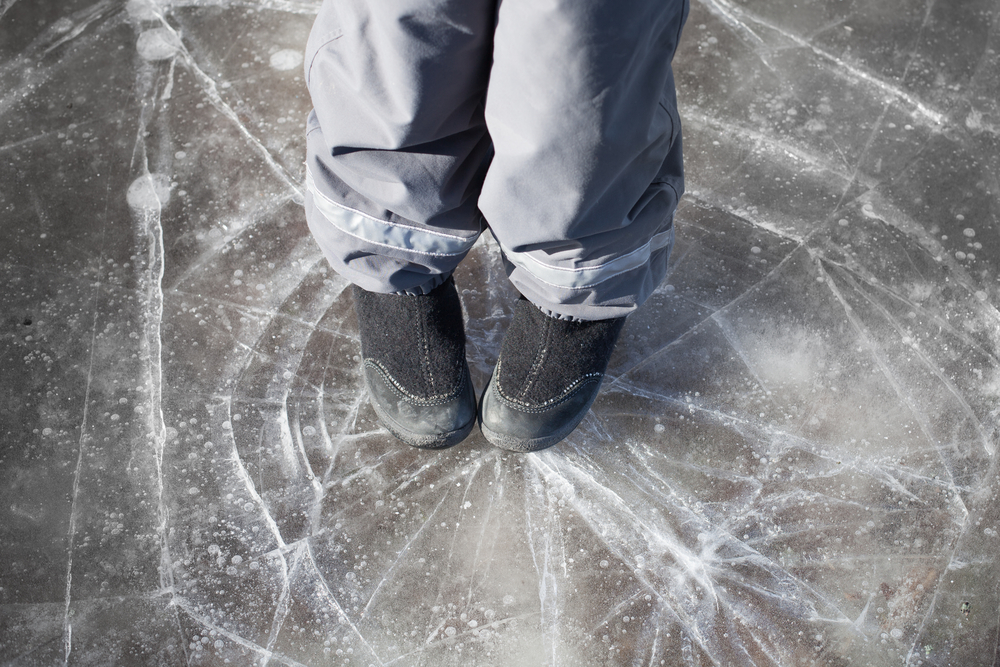As winter approaches, ice fishing enthusiasts eagerly anticipate the frozen lakes that signal the start of the ice fishing season. However, venturing onto the ice demands caution, particularly during the early season when the ice is fresher. This guide focuses on essential ice fishing safety tips to ensure a day of angling fun without compromising well-being.
1. Is Ice Fishing Dangerous? Ice fishing introduces unique dangers due to its setting on frozen waters. The thickness of the ice becomes a critical factor, and anglers must exercise caution to avoid potential hazards. Falling through thin or cracked ice into freezing waters poses significant risks, making safety paramount for an enjoyable ice fishing experience.
2. Ice Thickness and Equipment Guidelines: Checking the ice thickness is crucial before embarking on an ice fishing excursion. A minimum of 4 inches of ice is considered safe for walking and fishing. Guidelines escalate with additional equipment—5 inches for snowmobiles and ATVs, 8 inches for smaller cars. Adhering to proper ice thickness charts ensures a secure ice fishing trip.
3. Clear Ice vs. White Ice: Distinguishing between clear and white ice is vital. Clear ice, stronger and slower to melt, requires a minimum thickness of 4 inches. In contrast, white ice necessitates a minimum of 8 inches due to its increased risk. The adage “Thick and Blue, tried and true. White and crispy, way too risky” serves as a helpful reminder for assessing ice safety.
4. The Buddy System: Utilizing the buddy system is a fundamental safety practice. Having a companion increases the chances of a timely response in case of emergencies. Even for those preferring solitude, informing someone of the fishing plans, expected return time, and fishing location can serve as a crucial safety net.

5. Pack Safety Equipment: Equipping oneself with safety gear is imperative. Essentials include a life vest and ice fishing picks, providing buoyancy and a means to pull oneself out of the water. Additional safety measures encompass bringing a first aid kit, communication devices like cell phones or two-way radios, and, if conditions permit, ATVs or snowmobiles.
6. Bundle Up: Protecting against cold temperatures is paramount. Wearing insulated clothing, including ice fishing gloves, bibs or suits, winter coats, hats, and ice fishing boots with cleats ensures warmth and prevents hypothermia or frostbite.
7. Consult Local Fishermen: Engaging with local fishermen or bait shops enhances safety by gaining insights into optimal fishing spots, ice thickness variations, and water movement. Local knowledge proves invaluable in ensuring a safer and more productive ice fishing experience.
Conclusion: While the thrill of ice fishing beckons, prioritizing safety is non-negotiable. By adhering to these comprehensive safety guidelines, anglers can significantly minimize the risks associated with ice fishing, ensuring an enjoyable and secure winter adventure on the ice.
Image/Source: FishMasters





